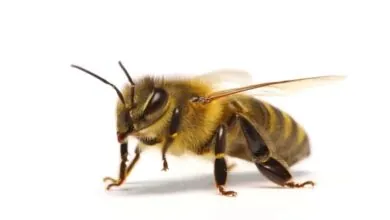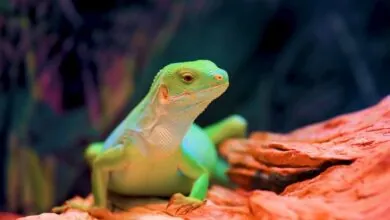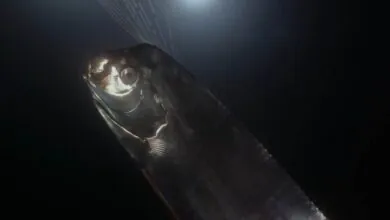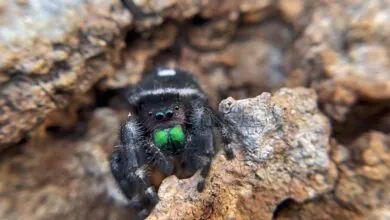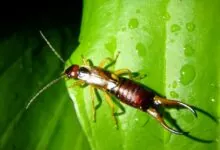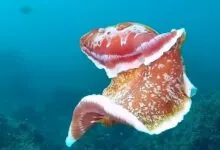Alaska Pollock Surprise: You’re Eating It Without Knowing!
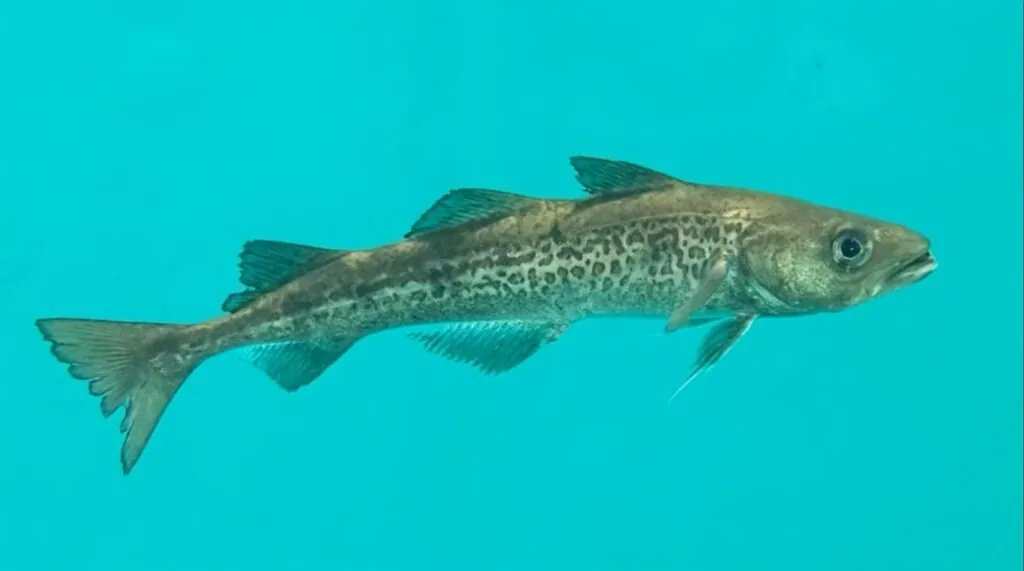
Plunge beneath the icy waters of the North Pacific and unfold one of the ocean’s most striking treasures – Alaska Pollock. This shimmering, silvery fish is beyond just a wonder to behold – it’s a linchpin of marine ecosystems, a legend of sustainable fishing and the hidden genius behind some of your preferred seafood dishes.
Have you ever relished a fish fillet sandwich or savored surimi (those imitation crab sticks)? You have Alaska Pollock to thank! Get ready to join us as we embark on a journey through the waves of history, environment and cuisine to unveil the story of this amazing fish.
| Kingdom | Phylum | Class | Order | Family | Genus | Scientific Name |
| Animalia | Chordata | Actinopterygii | Gadiformes | Gadidae | Gadus | Gadus chalcogrammus |
Origin and Evolution
Fossil records, while not in abundance for numerous fish species, specify that member of the Gadidae family have been present for millions of years. The evolutionary paths that resulted in the modern-day Alaskan Pollock are thought to have roots in these ancient cod-like descendants.
Distribution and Population
Geographical Reach
When it comes to the distribution of Alaska Pollock, Alaskan waters are what they’re enclosed within. It thrives in the Bering Sea, Sea of Okhotsk, Gulf of Alaska and the northern Japan Sea. Their extreme spread is affected by depth priorities, with younger fish in shallow regions and adults in deeper waters.
Population Strength
Bering Sea, as one of the most abundant fish stocks in the world, boasts a biomass of over 2 million metric tons. Their reproductive efficiency and sustainable fishing practices are mirrored in their high numbers. Distinct eastern and western stocks exist, making prominent the species’ varied genetic structure.
In the cold, nutrient-rich waters of the North Pacific, the majestic oarfish gracefully swims alongside the commercially valuable Alaska pollock, creating a diverse and thriving marine ecosystem.
Geography
| Continents | Asia, Eurasia, North-America |
| Countries | United States (mainly in Alaska), Canada, Russia, Japan, and potentially others in the northern Pacific |
| Bio-geographical Realms | Nearctic (for the North American part), Palearctic (for the Asian part) |
| Biome | Marine – they inhabit the western and northern Pacific Ocean, ranging from the Yellow Sea to the Bering Strait. |
| Climate Zones | Subpolar and Temperate (Pacific Cod can be found further south than Alaskan Pollock, including in more temperate waters) |
Habitat
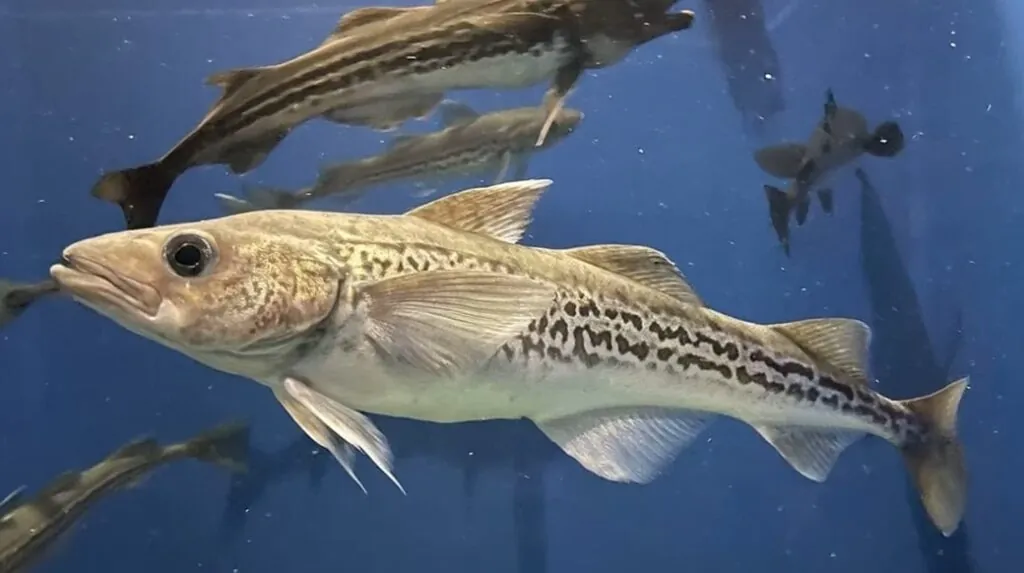
Cold Water Domains
Alaskan Pollocks thrive in the cold, temperate waters of the Northern Pacific. Stretching from the Bering Sea to the Sea of Okhotsk and expanding to the northern Japan Sea, these fish prioritize temperatures between 0-15°C.
Depth Preferences
With respect to the habitat of Alaska Pollocks, depth preferences on the part of both – juveniles and adults – are worth-highlighting. While juveniles are generally located in comparatively shallow waters, adult fish normally dwell in deeper oceanic zones, diving 100 to 300 meters below the surface.
Rich Marine Ecosystems
In areas having abundant plankton – their chief food source – is where these fish flourish. The nutrient-rich waters of their habitats, pushed by oceanic currents and upwelling, offer a buffet of krill, copepods and small fish, making sure a balanced diet and robust populations. For more insights about the Alaska Pollock, its biology, habitat and importance in the seafood industry on the National Oceanic and Atmospheric Administration (NOAA).
Appearance
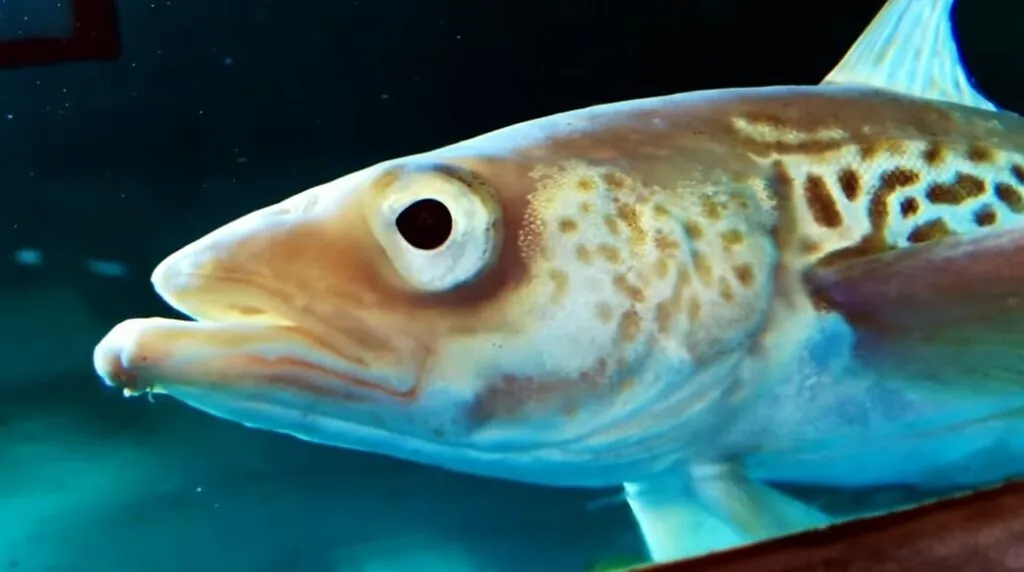
Body Structure
When it comes to the appearance of Alaska Pollocks, they show off a streamlined, elongated body shape – a characteristic feature of numerous pelagic fish. The very design assist in efficient swimming, empowering them to navigate promptly through their cold-water habitats.
Coloration
Primarily olive-green and silver, Alaskan Pollock’s dorsal side blends seamlessly with the ocean depth; on the flip side, its silvery sides and white underbelly assist to camouflage it against predators when glanced from below against the water’s surface light.
Size
Alaskan Pollock, as adults, can reach lengths of up to 60 cm (24 inches) and weigh around 1.4 kg (3 pounds). Nonetheless, in conjunction with the average size caught commercially, it’s slightly smaller, frequently around 30 to 40 cm (12–16 inches) in length.
Distinctive Feature
This species is equipped with three dorsal fins and two anal fins, providing stability during swimming. In contrast with its close near and dear ones, it possesses a small or absent chin barbell (a whisker-like sensory organ). Another conspicuous feature is its sizeable eyes – a nod to its pelagic lifestyle, helping in hunting in the dim light of its deeper habitats.
Anatomy
| Color(s) | Black, yellow and green |
| Mouth | Terminal to slightly subterminal |
| Jaw | Movable upper and lower jaws |
| Teeth | Small, for grasping prey. |
| Nose | Two pairs of nostrils |
| Skeleton | Bony |
Reproduction and Life Cycles
Mating Rituals
With respect to the reproduction of Alaska Pollock, the journey kicks off with spawning aggregations. In the course of spawning season, large groups congregate in particular areas, where males compete for females displaying behaviors and vocalizations.
Spawning Details
Timing
Spawning primarily happens from January to March, albeit this can vary somewhat depending on geographical location.
Egg Release
A mature female Alaska Pollock is amazingly prolific and capable of releasing several hundred thousand to over a million eggs in a single spawning season.
Larval Stage
When hatching is over, the fish larvae drift with ocean currents, feeding on tiny plankton. This pelagic larval stage is attributed as critical, since their survival pinpoints the strength of the year’s cohort and by extension, influences future fishery stocks.
Juvenile Phase
After larval stage, juveniles head to shallower, nearshore waters. Here, they undergo swift growth, feeding on larger zooplankton and transforming into small fish as they mature.
Adulthood
Alaskan Pollocks, reaching maturity at around 3 to 4 years of age, join the adult population in deeper waters. In conjunction with the lifespan of Alaska Pollocks, they range from 12 to 15 years, notwithstanding many don’t reach their maximum age due to fishing pressures.
Mating Habits
| Mating Behavior | External fertilization; males release sperm over eggs released by females |
| Reproduction Season | Late winter to spring |
| Litter Size | A mature female can produce up to 1.5 million eggs per season |
| Gestation Period | Eggs float and hatch in about 2-3 weeks |
| Independent Age | Immediately after hatching |
Diet and Lifestyle
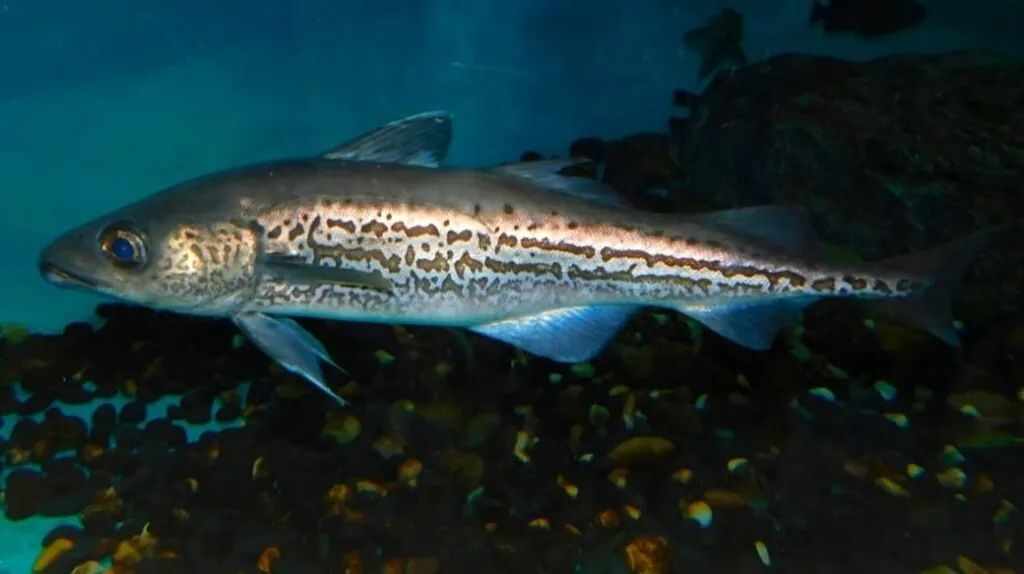
Feeding Habits
Alaskan Pollocks, being opportunistic feeders, adjust their diet based on accessibility and life stages. Larvae, in the initial stage of life, consume minute planktonic organisms, predominantly phytoplankton and micro-zooplankton. As they grow, their diet shifts to larger zooplankton, such as copepods and euphausiids (krill).
Mature Pollocks diversifying their intake, prey on zooplankton, small fish (like capelin and sand lance) and even juvenile pollocks when other resources are scarce.
Feeding Behavior
Adult pollock, operating chiefly as mid-water predators, showcase diel vertical migrations. They ascend to shallower depth in the course of night to feed and descend to deeper waters in the daytime to avoid predators.
Threats
While the fish is among the largest fisheries in the world, it doesn’t come without challenges. The sheer volume of this species, even with rigorous management, can put pressure on certain subpopulations. While fishing for this fish, other species can unintentionally be caught. Climate change, including acidity, ocean temperature and contemporary patterns can impact Pollock distribution and reproductive success.
Conservation Status
As per the IUCN Red List, the conservation status of Alaska Pollock is “Near Threatened.” According to the Food and Agriculture Organization (FAO), the fish landings have been substantial. In 2022, annual catches have consistently exceeded 1 million tons, with a peak of approximately 1.5 million tons in some years.
Management bodies set a Total Allowable Catch (TAC) every year built upon scientific surveys to make sure sustainability. For example, in the latest span of time, the TAC for Eastern Bering Sea has ranged between 1.2 to 1.6 million tons.
The Most Consumed Fish in the World
In conjunction with global seafood consumption, Alaska Pollocks stand unmatched. As per the Food and Agriculture Organization (FAO) of the United Nations, in the past several years, the global catch of this fish has consistently surpassed 3 million metric tons per year, making it one of the most harvested fish in the world. As a matter of fact, it accounts for approximately 30% of the total volume of all whitefish species caught globally.
When it comes to economic significance, this fish is colossal. Data unfold the fact that in 2020 alone, Alaska Pollock industry was valued at over $2 billion, an evidence of its unmatched demand in markets worldwide. What elevates its status more is its versatility – it’s the principal component in products stretching from fish sticks and fish fillets to surimi, making it one of the most eaten fish in the world.
As per the National Fisheries Institute’s citation, in the U.S. the fish serves as the backbone of the country’s seafood exports, with over 70% of its catch being processed and shipped to more than 30 countries.
Alaska Pollock Fun Facts
It would, undoubtedly, a great notion to shed some light on the rundown and fun facts of Alaska Pollock – one of the animals that start with A.
| Common Name | Alaska Pollock, Walleye, walleye pollock, Alaskan pollock, pollock |
| Other Name(s) | Snow cod, bigeye cod, copperline cod, lesser cod |
| Number of Species | 1 |
| Population Size | Millions; one of the most harvested fish globally |
| Lifespan | 15-20 years |
| Weight | 0.5 to 1.5 kg on average |
| Length | 30-80 cm |
| Top Speed | Approximately 25 km/h |
| Predators | Aquatic mammals, other fish, birds of prey, humans |
| Prey | Crustaceans, other fish |
| Most Distinctive Feature | Silvery body with a distinct lateral line |
